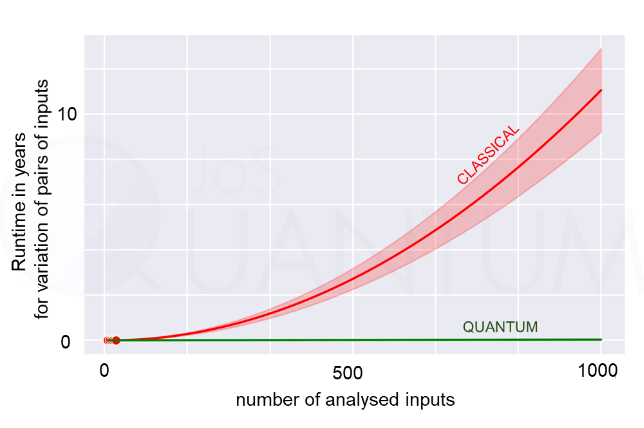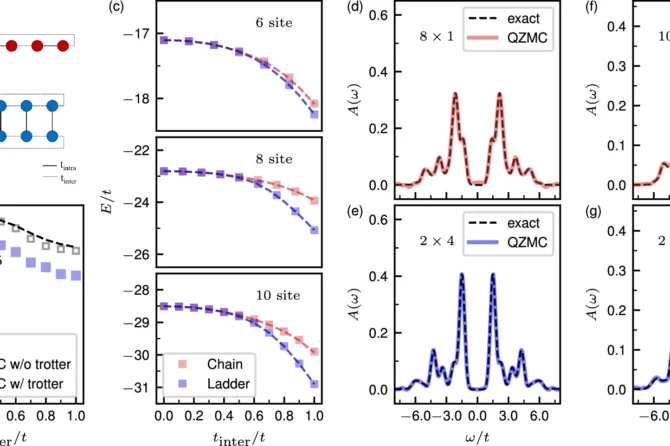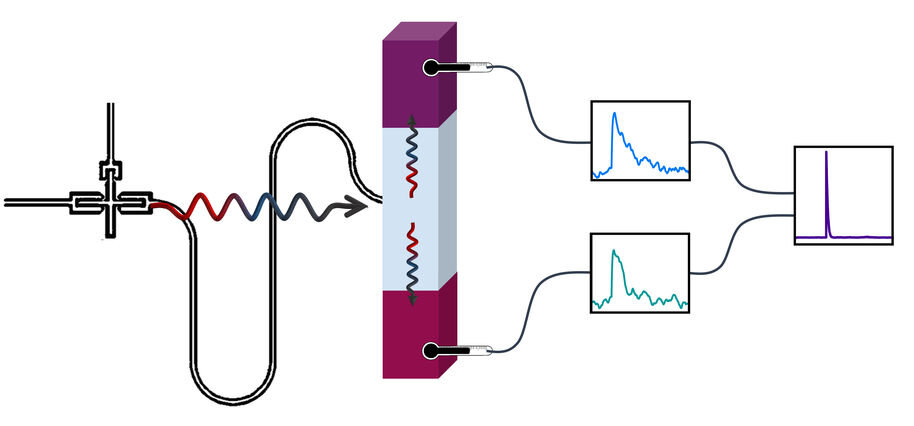The quantum simulation of quantum chemistry is a promising application of quantum computers. However, for Nmolecular orbitals, the gate complexity of performing Hamiltonian and unitary Coupled Cluster Trotter steps makes simulation based on such primitives challenging. The authors present a method to substantially reduce the gate complexity of these primitives through a two-step low-rank factorization of the Hamiltonian and cluster operator, accompanied by truncation of small terms.
Their approach rewrites the Trotter step of a general quantum chemistry Hamiltonian evolution in terms of unitary single-particle rotations and Trotter steps of two-body operators. This enables efficient implementation on linearly connected quantum devices within the Jordan-Wigner fermionic encoding. The key insight is that the nested matrix factorization exposes a low-rank structure when the interaction term is a physical operator.
Using truncations that incur errors below chemical accuracy allows performing Trotter steps of the arbitrary basis electronic structure Hamiltonian with O(N3) gate complexity in small simulations, which reduces to O(N2) gate complexity in the asymptotic regime. For unitary Coupled Cluster Trotter steps, they achieve O(N3) gate complexity as a function of increasing basis size for a given molecule.
For the Hamiltonian Trotter step, these circuits have O(N) depth on a linearly connected array, an improvement over the O(N2) scaling assuming no truncation. As a practical example, they demonstrate that a chemically accurate Hamiltonian Trotter step for a 50-qubit molecular simulation can be executed in the molecular orbital basis with as few as 4,000 layers of parallel nearest-neighbor two-qubit gates, consisting of fewer than 105 non-Clifford rotations.
This represents an improvement of orders of magnitude over past Trotter-based methods in a fault-tolerant cost model. The authors also apply their algorithm to iron-sulfur clusters relevant for elucidating the mode of action of metalloenzymes, demonstrating the practical applicability of their approach to complex chemical systems of interest.
npj Quantum Information, Published online: 27 May 2021; doi:10.1038/s41534-021-00416-z




